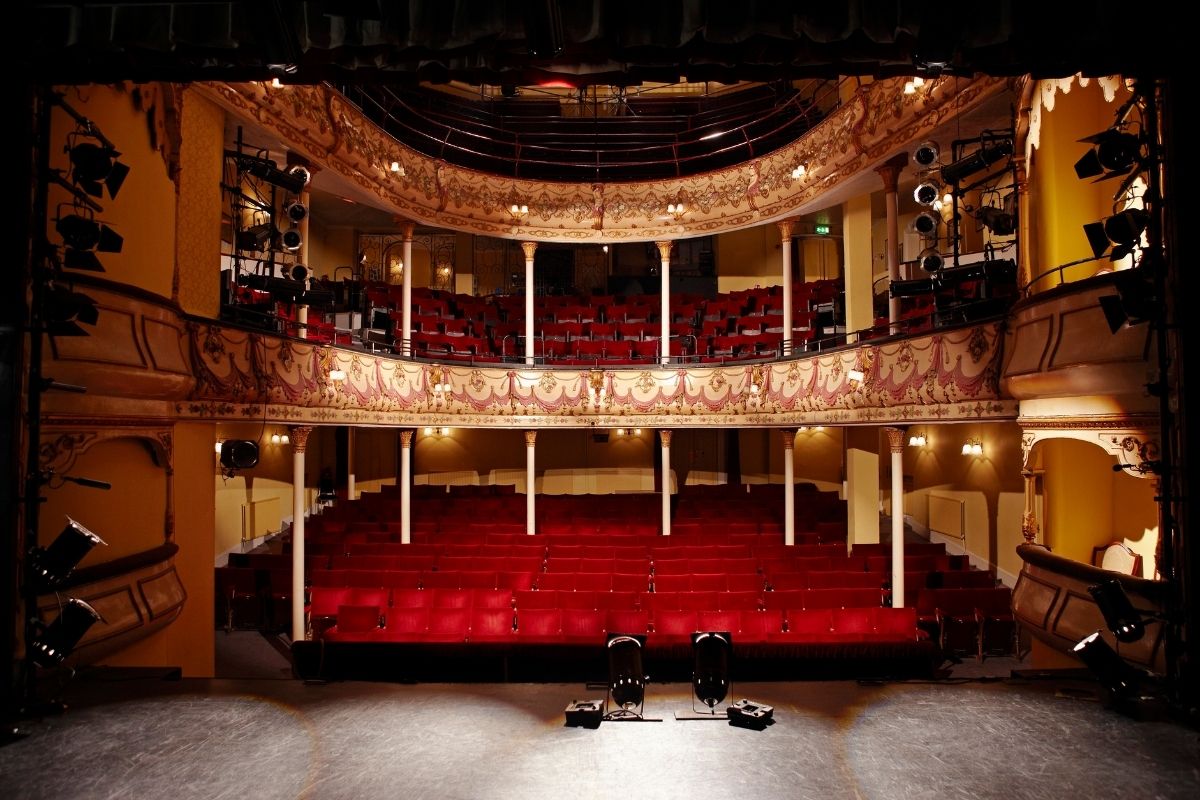Reuben Polendo on the Incredible Capacity of Theater in Performing Arts

Look at the theater as a field and look at the incredible capacity that it can hold. You will notice that there are many kinds of theater. There are so many different expressions, and they take different shapes. What are they? How do we get a handle on them?
I have a couple of answers. The thought that often emerges is this idea of different theater genres and different kinds of theater frameworks. It is crucial so that we have a toolset with which to discuss. To look at theater and engage in the different expectations.
There is a kind of way that one can understand contemporary theater. I’ll focus on that for a moment. First, there is that kind of work that would be considered playwright-driven work. It is work where the initial collaboration and the initial impetus come from somebody. The person puts a kind of text framework that focuses and becomes the foundation for making the work. The idea is that the play is what reigns supreme. It is the fundamental guiding principle.
There’s another kind of work that functions on a collaborative model. Work that brings a group of individuals together to devise, make, and create. Or to research and bring together a new piece, a new work together. This kind of approach sits on a question, a research action, or a series of interviews. Also, it could be an exploration that allows the piece to take shape. The result might be a written text, but not necessarily the beginning space.
These two are spaces where the text sits as a significant part of the conversation. There’s a third space I want to draw our attention to, and it’s the space of physical work. Physical work created collaboratively or already with a plan. It’s about physical expression. Also, there may be language, which is a kind of secondary part of the performance.
These three pods become essential. There’s another one that I would frame. I find it problematic, but it’s essential to know. It’s a framework often termed classical work, and we inherited this language over time and space in the theater. It is present particularly throughout Europe and the Americas.
When folks say “classical,” they often refer to Shakespeare or Greek theater from the Classical era, Aristotle and Euripides. During that moment, there was philosophy, which influenced the creation of plays. It is of what we framed as classical.
There are a few more things included depending on who you discuss. Definitively, when one looks at classical, one is often looking from a Eurocentric standpoint. Again, I find that a little bit problematic.
If we’re going to speak classical over a particular area, I always invite that we look at it on a global scale. Look at Japanese Noh theater, a kind of theater that was great in Japan. In the 15th century, we looked at Chinese opera. Also, we ought to look at India’s Kathakali, and Indonesia’s wayang kulit-like. All these different traditions do have a kind of classical narrative. These narratives are an essential part of performing arts education. They are a significant subject, even in online performing arts education.
